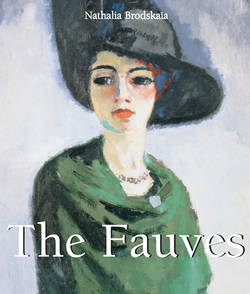Читать книгу The Fauves - Nathalia Brodskaya - Страница 3
На сайте Литреса книга снята с продажи.
Henri Matisse 1869–1954
ОглавлениеHenri Matisse, Still Life with a Seashell on Black Marble, 1940.
Oil on canvas, 54 × 81 cm.
Pushkin State Museum of Fine Arts, Moscow.
Henri Matisse. Photograph.
“Fauvism is when there is a red,”[29] said Henri Matisse concisely putting into words the most straightforward notion held of Fauvism. Matisse has in fact become Fauvism’s leader over the years as a result of his contemporaries and researchers persistently perpetuating such an idea. Consequently, Matisse’s work has been scoured through in a search for the ultimate Fauvist painting. Matisse never pretended or aspired to such a role, and on the question of what Fauvism represents in theory and in practice, he never came to a final conclusion. With the other Fauvists it can be argued that their art was dominated by either reason or emotion. Matisse’s intellect, however, continuously searched for a direction where both reason and emotion became reconciled so balance and order might be found.
Конец ознакомительного фрагмента. Купить книгу
29
Quoted from: G. Diehl, Henri Matisse, Paris, 1954, p. 90.
